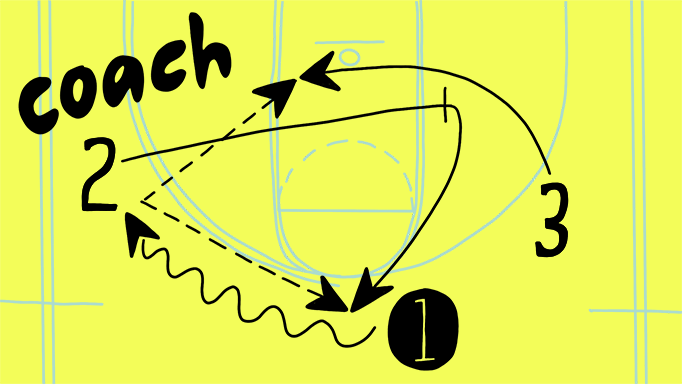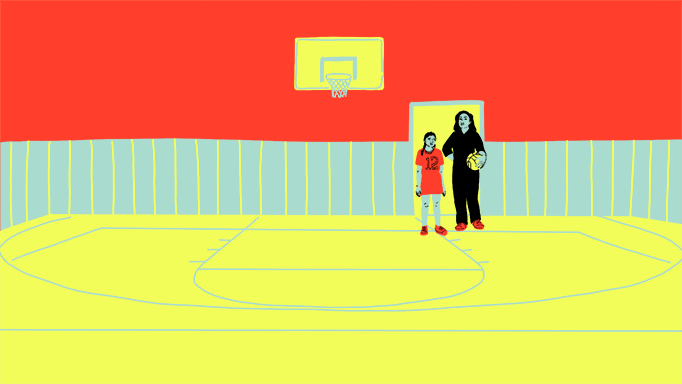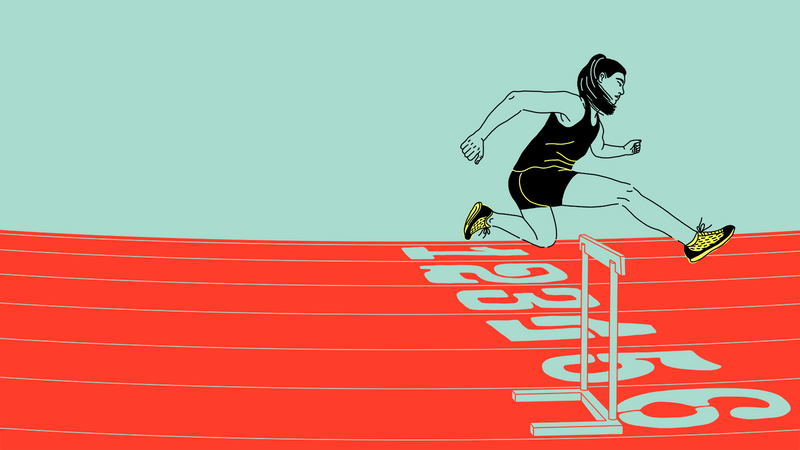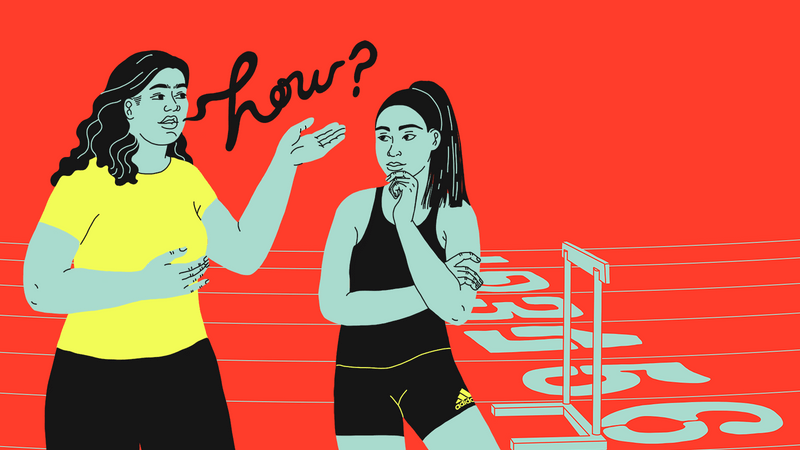In order to skill-build, you as a coach must understand the foundation upon which each girl is working.
You can do so by sparking a dialogue about how they are feeling emotionally and physically. We call this checking in.
How to check in
Use the one-to-five check in method
It’s simple: You can ask your players, “On a scale of one-to-five, five being great and one being bad, how are you feeling?”
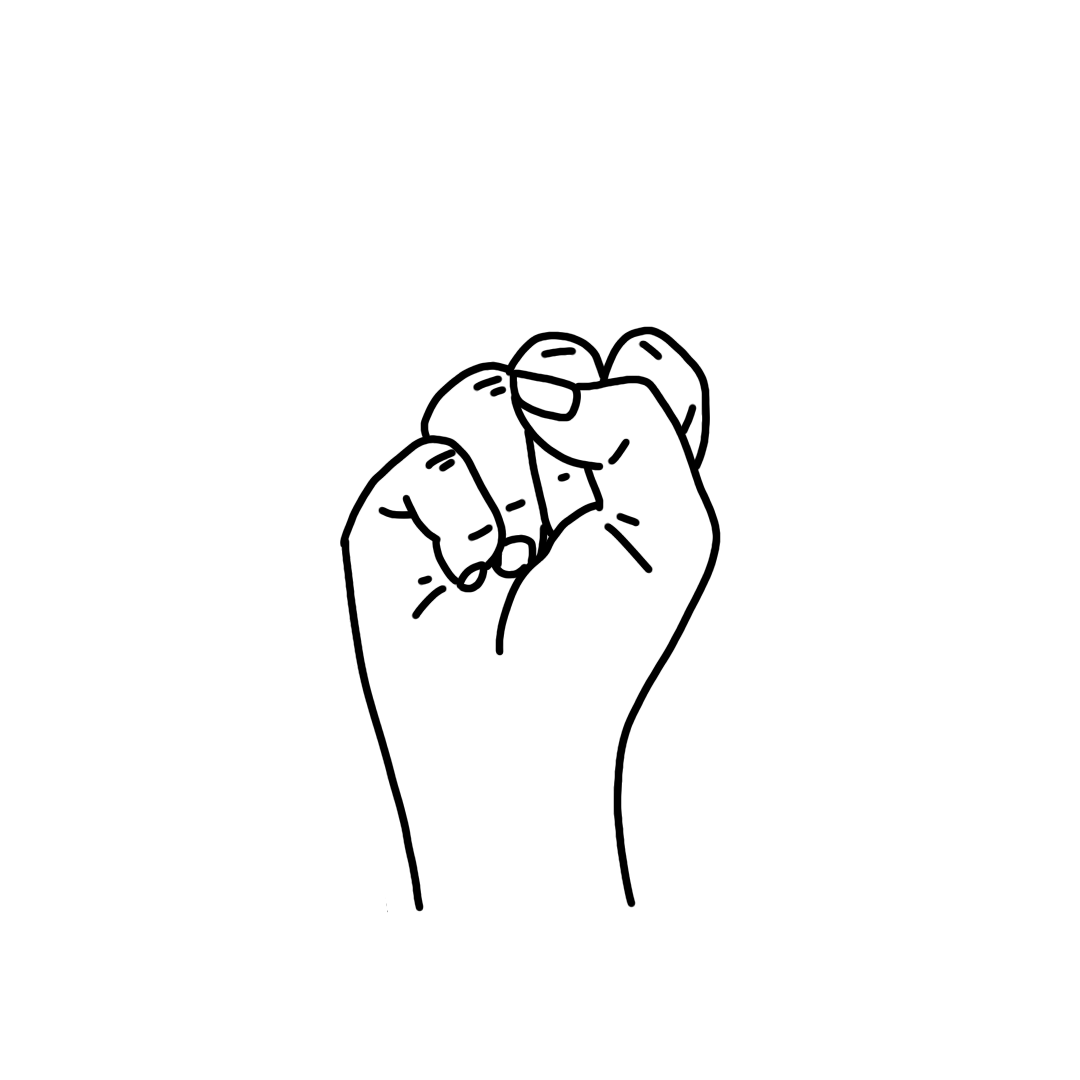
Providing and defining the scale
This simple five-point scale helps girls give you an accurate representation of how they are feeling. Sometimes, girls don’t have the words to describe emotions, so enumerating their feelings can help make expressing them easier. One-to-five also prevents less insightful answers such as “OK” or “fine.”
Physical representation, using fingers and hands
The numeric scale also allows for the check-in to be nonverbal. Players can use their fingers to convey how they are feeling, which can help in sports when they are far away from you on the field. It also helps girls who are shy to share their feelings more easily.
Can be used for sport and life skills
Don’t only use one-to-five to ask about how players thought a drill or scrimmage went. Ask an athlete how her day was or how school is going. This feedback helps you understand what an athlete might need from you and gives you more information about her context outside of the team.
The technique can measure how a player feels about her mastery of a sports skill, which informs what type of support you should provide as a coach. If she’s at a five, try something new. If she’s at a two, it’s time to help.
Showing girls how
Once you know how an athlete is feeling, you can assess the best way to communicate with them and how to skill-build.
The demo-show-demo method
Demo-show-demo means you are demonstrating the correct way to perform a skill in terms of form, technique, and how it should look. Then you show the player what they are doing, and how it is different. Finally, you demonstrate the correct way again to reinforce the difference and show the player what she should be working toward.
Girls will listen! Girls listen because they want to get it right. It is important to them to listen and do things well, because they want to be socially accepted, and social acceptance is one of a girl’s main reasons for getting involved in a sport. [36]
You must include all three parts in order to show the difference and reinforce the correct form. Make sure to involve movement, which helps girls learn with their own bodies and prevents confusion or misunderstanding that could occur through exclusively verbal instructions.
How did you do that?
When a girl does something new, accomplishes something she’s been working on, or overcomes a challenge, you should ask, “How did you do that?” This question promotes reflection, and reflection leads to growth. [37]
Asking “How did you do that?” allows girls to think about the process they took to be successful. It focuses on the steps that were involved in reaching this point.
Focusing on the process shows two important things:
First, that success was not the result of luck but rather the result of hard work, effort, and intentional action on the part of the player. It shows that the action can be repeated.
Second, by identifying the process, girls can replicate the steps to be successful in sports and transfer them to other areas of life.
You should ask the question a few times. Initial reactions might be, “I don't know,” or, “I got lucky.” By asking multiple times, and helping guide players to look inward, we help ensure they understand how they improved.
Asking the question “How did you do that?”
- A player makes a perfect pass
- You ask her, “How did you do that?”
- The player responds, “Well, I practiced after class and watched videos on YouTube.”
These strategies, in addition to other tactics you may already be using, will help you further support your players’ development as an effective coach and mentor.
POWERED BY
Privacy Policy | Terms & Conditions | © 2019 adidas America Inc.
© UP2US 2019




